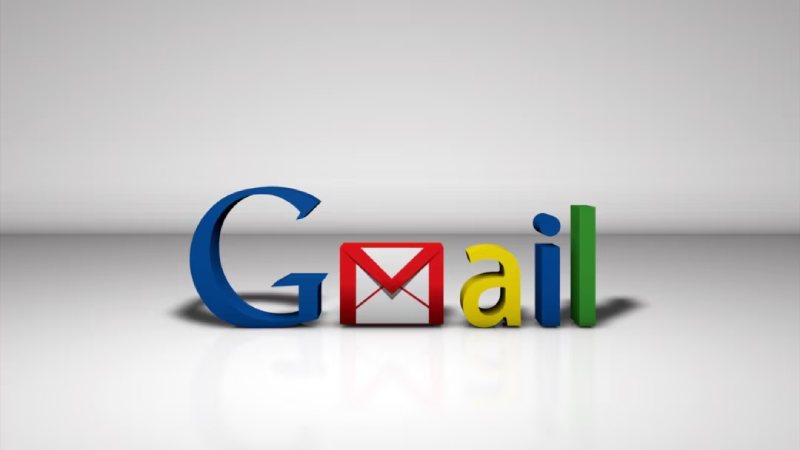
April Fools’ Day, 20 Years Ago Saw The Launch of Gmail
- Technology
- April 2, 2024
Gmail, which Google introduced in 2004, swiftly became one of the most widely used email systems online.
However, a lot of people believed the Gmail launch was a prank at the time. This is because April 1st, April Fools’ Day, was the day it was announced. Additionally, Larry Page and Sergey Brin, the co-founders of Google, had already made a name for themselves as practical jokers on April Fools’ Day.
Google posted a fictitious job posting one year that promised candidates a place in a lunar research facility. On April Fools’ Day of the following year, the business said that it was thinking of releasing a technology that would allow users to “smell” search results.
Later, Page and Brin said that the introduction of Gmail was the ideal April Fools’ Day joke. This is due to their belief that users may have thought the new features or products were too good to be true.
Gmail was first offered without charge. Up to 1 GB of additional storage space per account was one of the new features. Even while the sum might not seem like much now, it was seen as highly significant at the time.
For instance, in 2004 one gigabyte could hold roughly 13,500 emails. In contrast, the top email providers offered at the time, Yahoo and Microsoft, could only save 30 to 60 emails.
The updated Gmail also featured Google’s search engine. Users were able to locate particular emails, pictures, or other data saved in the service with ease because to this. Another feature that Gmail offered was the ability to group emails discussing the same topics together.
Marissa Mayer, a former Google executive, discussed her role in creating Gmail at the business in an interview with The Associated Press (AP). Mayer told the AP, “The original pitch we put together was all about the three ‘S’s.” The Ss, according to her explanation, stood for “storage, search, and speed.” Before departing Google to take a position as chief executive at Yahoo, Mayer contributed to the design of multiple projects.
When Gmail was first launched in 2004, some readers contacted the Associated Press, implying that the news organization had been duped by Google’s announcement. However, Paul Buchheit, who recently spoke with the AP about his involvement in the project, explained that the Gmail project was developed quietly at Google—the company even gave the effort a secret name—and that, despite being the company’s 23rd employee at the time, it now employs more than 180,000 people.
Buchheit clarified that Google gave the Gmail project a code name and developed it in secrecy. He mentioned that he was only the 23rd employee hired by Google at the time. Currently, the corporation has about 180,000 employees.
Even though Gmail’s launch garnered a lot of attention, it was first exclusively available to a select few. This is a result of Google’s limited computational capacity at the time, which limited the number of users it could accommodate.
“When we launched, we only had 300 machines and they were really old machines that no one else wanted,” Buchheit told the AP. “We only had enough capacity for 10,000 users, which is a little absurd,” he added.
However, the account restrictions increased interest in the service and encouraged a significant number of users to sign up for new Gmail accounts. Buchheit claimed that at one point, invitations to create a new account were going for $250 on eBay.
As it developed its data centers, Google was able to raise the quantity of new Gmail accounts it created over time. This action expedited the registration process for a new Gmail account. However, the firm didn’t start accepting new Gmail requests until it formally launched the service in 2007.
A few weeks later, on April Fool’s Day of 2007, Google revealed plans to launch “Gmail Paper,” a brand-new service. According to the description, the service allows customers to print their emails on paper and mail them conventional mail. However, Google was joking this time.